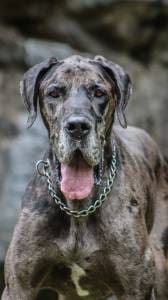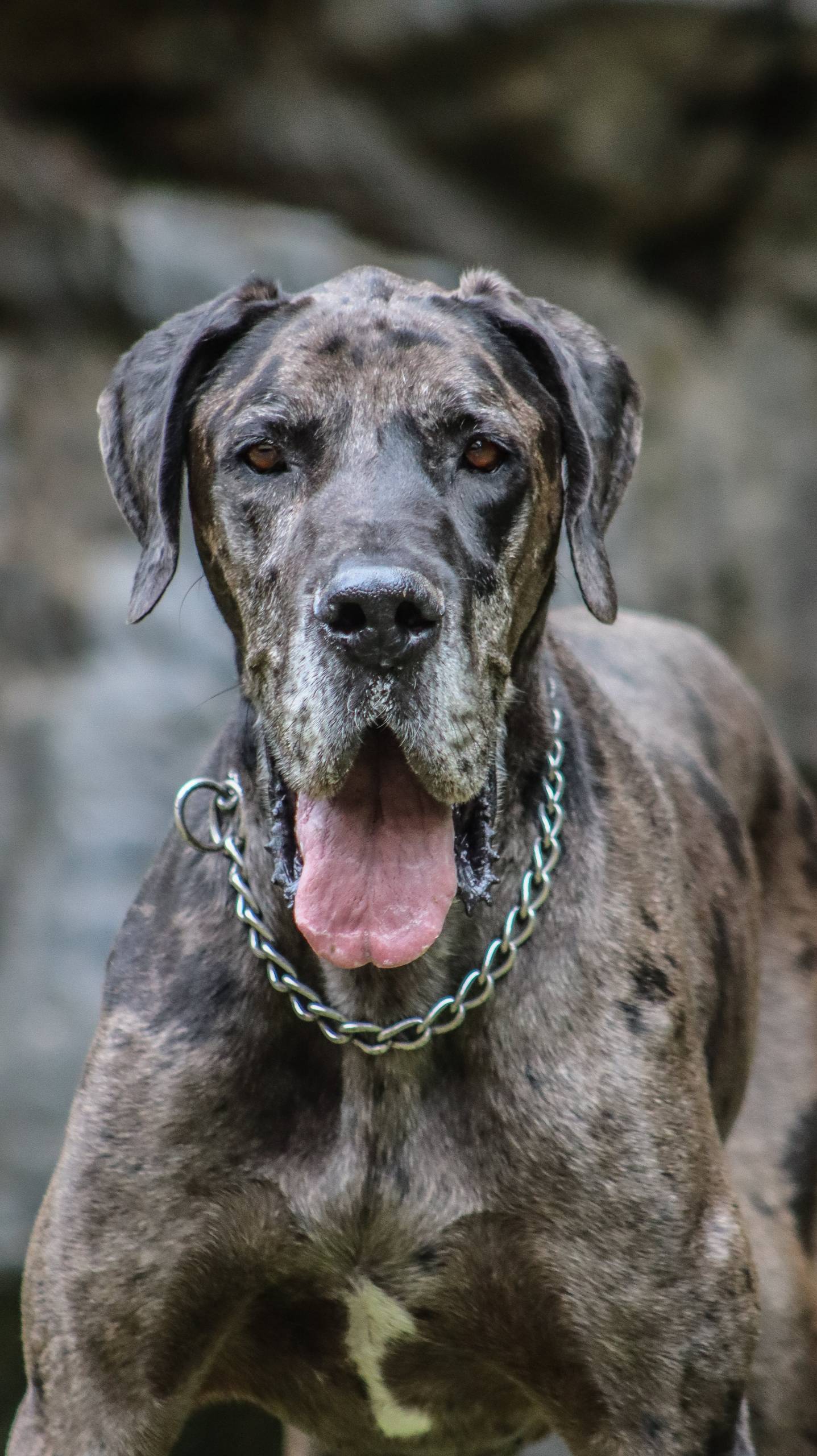
The Growth Phases of Dogs
Dogs, like humans, go through distinct growth phases, each with its own characteristics and requirements. The growth stages in dogs can generally be classified into puppyhood, adolescence, and adulthood. During the puppy stage, dogs experience rapid physical development. This is a crucial period as it sets the foundation for their overall health and well-being. As they transition to adolescence, their growth rate slows down, but there are still significant changes taking place. Finally, dogs reach adulthood when their growth stabilizes and they reach their full physical and mental maturity.
Factors Affecting Growth
Several factors influence the growth rate and ultimate size of a dog. Genetics play a significant role in determining a dog’s size and the duration of their growth period. Large breeds typically take longer to reach full maturity compared to smaller breeds. Nutrition also plays a critical role in a dog’s growth. A balanced diet with the right nutrients is essential for proper development. Furthermore, the environment and overall health of the dog can impact their growth trajectory. Regular exercise, proper medical care, and a nurturing environment contribute to a dog’s healthy growth and development.
The age at which a dog stops growing varies depending on their breed and size. Small and medium-sized breeds usually reach their full size and stop growing between 9 to 12 months of age. On the other hand, larger breeds may continue to grow for up to 18 months or even longer in some cases. It’s important to note that while a dog may reach their full size, their muscle mass and overall physique can continue to develop with proper exercise and nutrition. Understanding the specific growth timeline for your dog’s breed can help you provide the best care at each stage of their development.
Signs of Growth Completion
Recognizing when a dog has reached full physical maturity involves observing various signs. One of the most apparent indications is when a dog’s height and weight stabilize and their growth plates close. Growth plates are areas of developing cartilage at the ends of long bones in puppies, and when these close, it signifies the end of their growth period. Additionally, behavioral changes may also indicate that a dog has reached full maturity. Dogs tend to become more settled and less hyperactive as they transition from adolescence to adulthood.
Providing Care Throughout the Growth Phases
Ensuring the well-being of your dog during their growth stages involves providing proper nutrition, regular exercise, and routine veterinary care. A balanced diet that meets their specific developmental needs is crucial during puppyhood and adolescence. Monitoring their growth and weight is essential to ensure they are on track for healthy development. Regular veterinary check-ups and vaccinations are also vital to address any potential health concerns and ensure your dog’s overall well-being.
Understanding when a dog stops growing is an essential aspect of responsible pet ownership. Each stage of a dog’s growth comes with unique requirements, and being aware of these can help ensure the best care for our beloved pets. By providing a nurturing environment, a balanced diet, and regular veterinary care, we can support our dogs through their growth phases, ultimately helping them become healthy, happy, and well-adjusted adults. As we witness our furry friends transform from playful puppies to mature companions, being mindful of their growth journey is an integral part of building a strong and lasting bond with them.
[/fusion_text]



